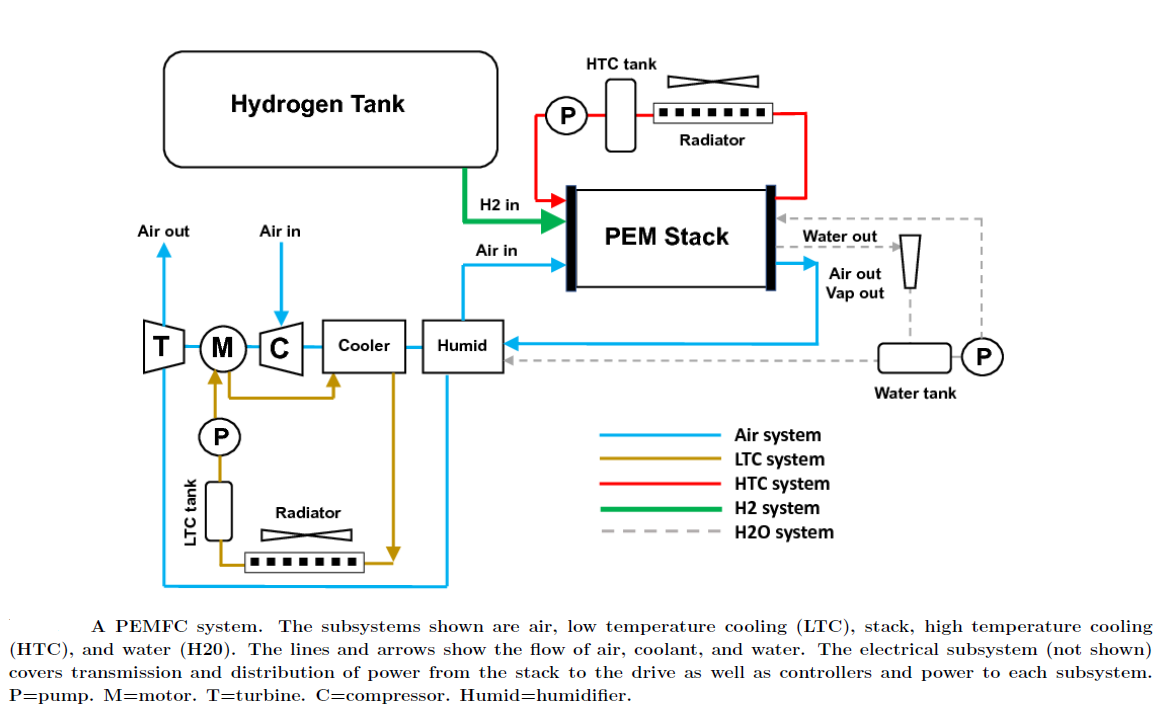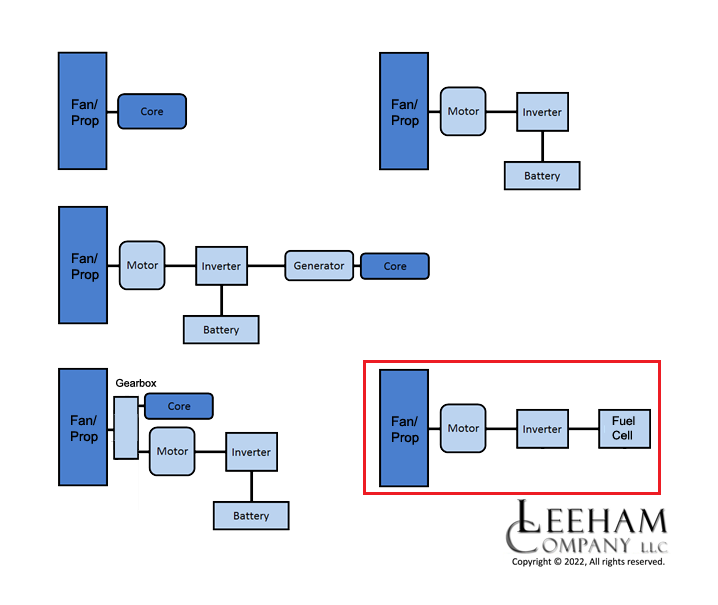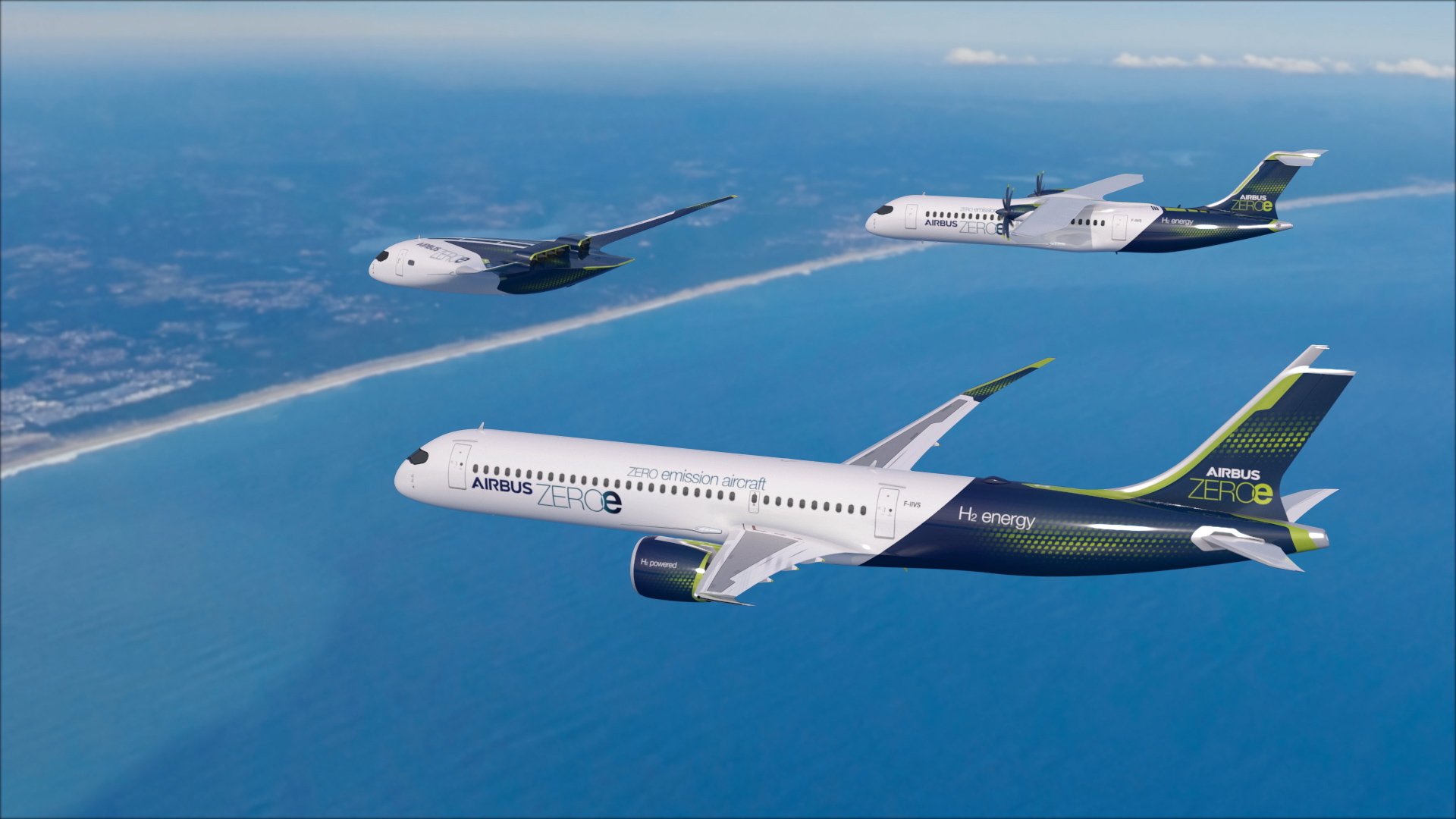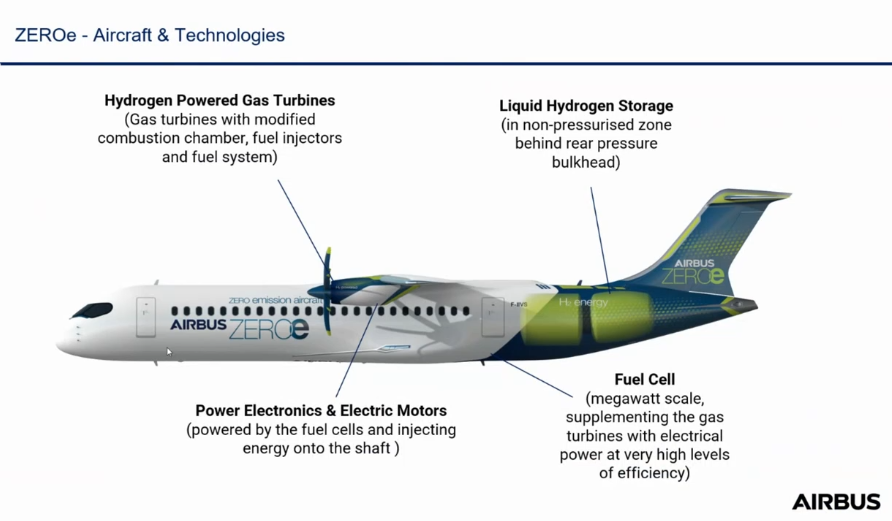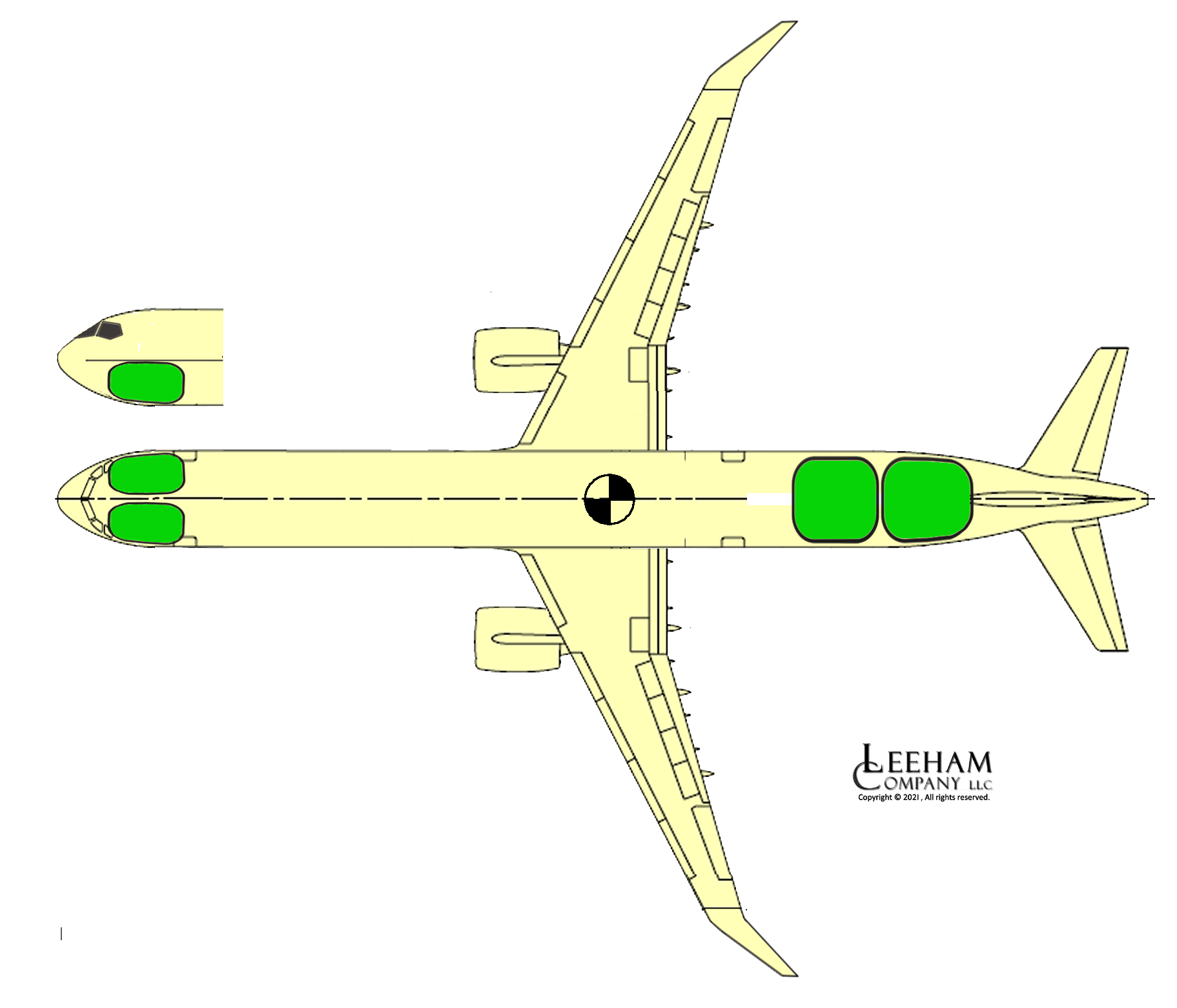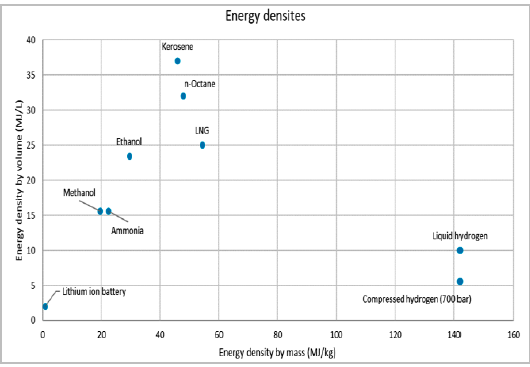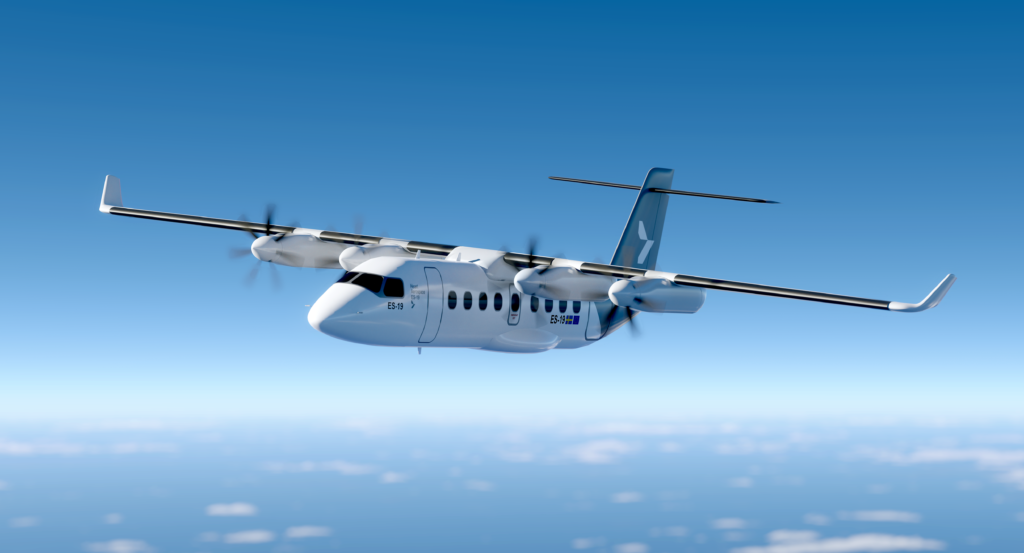Leeham News and Analysis
There's more to real news than a news release.
Bjorn’s Corner: Sustainable Air Transport. Part 21. Fuel Cell system design
May 27, 2022, ©. Leeham News: Last week, we looked at the power levels we need in a fuel cell and electric motor system. We listed the required powers and durations for takeoff, climb, and maximum continuous power levels for a 70-seater turboprop.
Now we go deeper into the fuel cell system design, looking at system powers and thermals.
Bjorn’s Corner: Sustainable Air Transport. Part 20. Dimensioning the Fuel Cell system
May 20, 2022, ©. Leeham News: Last week, we looked at the principal parts of a Fuel Cell-based propulsion system. We need a fuel cell that converts hydrogen to electric power and then an inverter and electric motor that drives the fan, Figure 1.
The fuel cell system is the complicated and heavy part of this setup. Let’s look at how we size such a system.
Bjorn’s Corner: Sustainable Air Transport. Part 18. Advanced Hydrogen Gas Turbines
May 6, 2022, ©. Leeham News: Last week, we looked at how we create the shaft power for the thrust device we discussed before. We described the basics of a hydrogen-burning gas turbine alternative.
When we have liquid hydrogen as fuel, several advanced developments are possible. It’s what we look at now.
Bjorn’s Corner: Sustainable Air Transport. Part 17. Gas Turbine Propulsion
April 29, 2022, ©. Leeham News: Last week, we looked at the thrust generating device that aircraft propulsion systems use. We could conclude that independent of how we create the shaft power, we can choose different thrust technologies with desired characteristics. A propeller, open fan, or fan in nacelle covers different speed ranges and efficiency profiles.
Now we look at how we generate the shaft power for these devices. We start with the hydrogen-burning gas turbine alternative.
Bjorn’s Corner: Sustainable Air Transport. Part 15. Hydrogen propulsion system choices.
April 15, 2022, ©. Leeham News: Last week, we examined different airliner types’ power requirements and the importance of their size classes in the market.
Now we look at what propulsion system alternatives are available when using hydrogen as the energy source and their principal advantages and disadvantages.
Bjorn’s Corner: Sustainable Air Transport. Part 14. Propulsion system requirements.
April 8, 2022, ©. Leeham News: Last week, we discussed the architecture of a liquid hydrogen fuel system. We now start looking at the propulsion system of a hydrogen aircraft.
Before discussing how a propulsion system is done, we must understand what power requirements different airliner types have and the importance of these types in the market.
Bjorn’s Corner: Sustainable Air Transport. Part 13. Hydrogen fuel system and APU.
April 1, 2022, ©. Leeham News: Last week, we looked at how to store hydrogen in an aircraft. We could see the gaseous storage of hydrogen is too heavy other than for demo systems and extreme short-haul. For practical airliners, liquid hydrogen is the solution.
Now we look at what this means for the aircraft fuel system and how to configure a suitable Auxiliary Power Unit, APU.
Bjorn’s Corner: Sustainable Air Transport. Part 12. Hydrogen storage.
March 25, 2022, ©. Leeham News: Last week, we looked at the energy density by mass and volume for hydrogen and regular Jet fuel (Kerosene), Figure 1.
With this information, we now look at how these fuels can be stored in an aircraft.
Read more
Bjorn’s Corner: Sustainable Air Transport. Part 11. Hydrogen and SAF.
March 18, 2022, ©. Leeham News: In our series, we have now seen the major limitations batteries as an energy source impose on an airliner and that hybrids work but don’t bring any advantages for an airliner.
The alternatives are to use an energy source with a higher energy density and combine it with an efficient propulsion system. Sustainable Aviation Fuel, SAF, has the same high energy density as today’s Jet fuel and hydrogen’s density is three times higher than Jet fuel.
Bjorn’s Corner: Sustainable Air Transport. Part 6P. Energy consumption, the deeper discussion.
Subscription required
February 11, 2022, ©. Leeham News: This is a complementary article to Part 6. Energy consumption. It uses the Aircraft Performance Model from our Consultancy practice to generate energy consumed data when we fly a typical airline mission for the first aircraft we analyze, the battery-based Eviation Alice and Heart Aerospace ES-19.
These represent what to expect for airliners that have chosen this energy storage principle.



